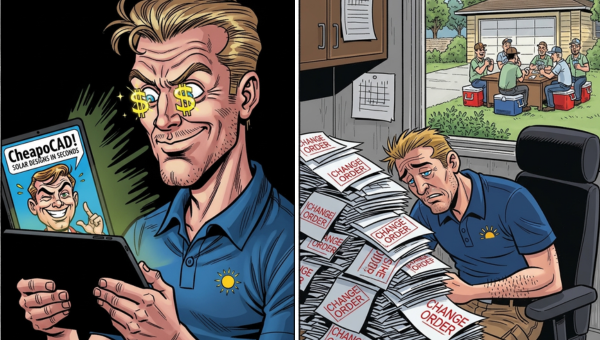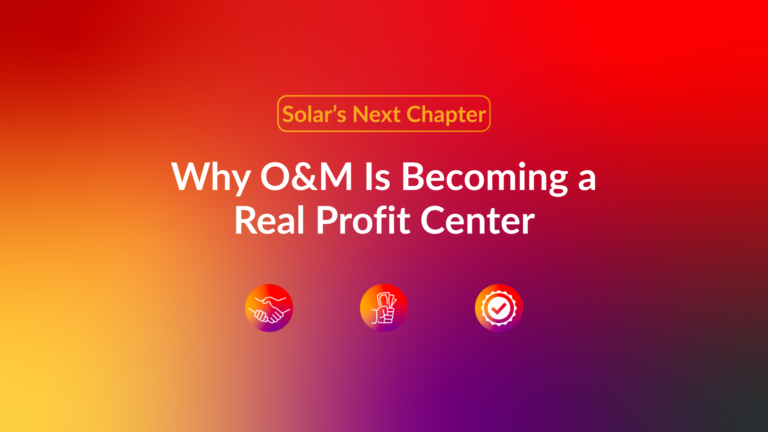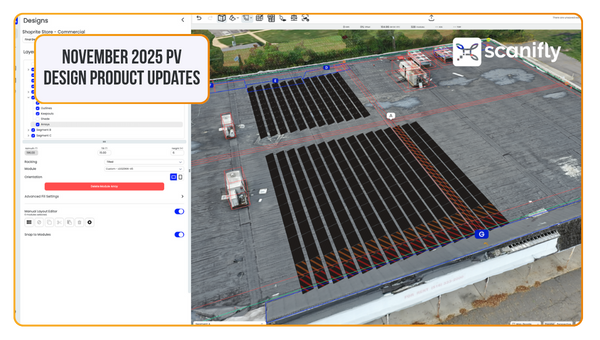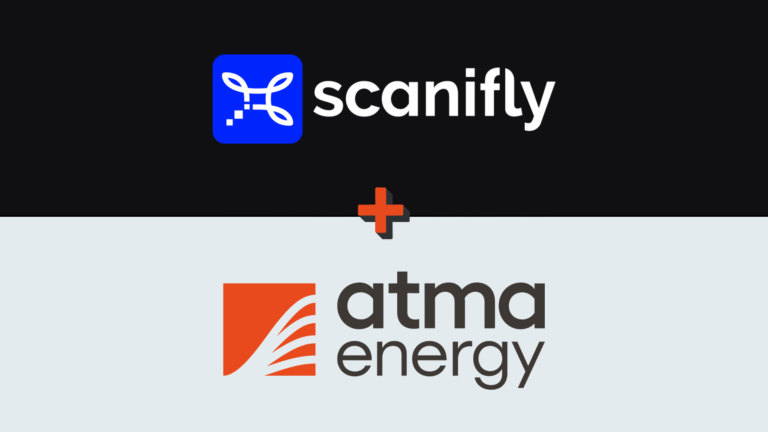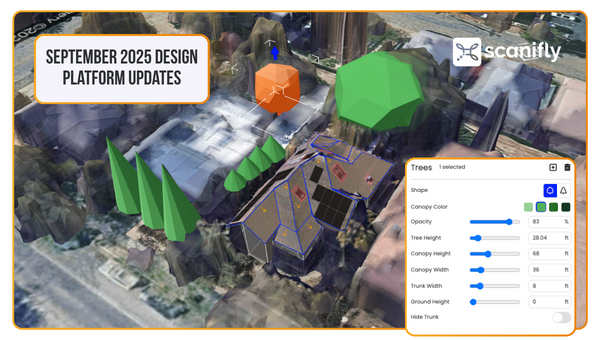By Jason Steinberg, CEO, Scanifly
A recent sponsored article in Solar Builder Magazine touted Artemis as a new wave of proposal software—faster, cheaper, embedded, and AI-powered. I get the appeal.
In a market where financing is tightening and the ITC is phasing out, who wouldn’t want to cut soft costs and speed up sales? But faster and cheaper isn’t the whole story. In fact, it’s often the wrong story.
The Hidden Costs of 15-Second AI Proposals
We’ve been down this road before. Over the last decade, solar has repeatedly opted for speed over quality—pushing sales reps to close faster, sometimes with little regard for what comes next.
This ethos has led to inflated promises, shady sales tactics, and higher true-up rates. Faster design tools that aren’t grounded in real site data only worsen this problem.
When you hear about “15-second AI proposals,” it’s worth asking: how many change orders are hiding behind those “fast and cheap” outputs?
Why 70% of AI Design Errors Come from Poor Data
Here’s the uncomfortable truth: AI-driven proposal tools often have revision rates over 50%. This isn’t because AI can’t help; it’s because the underlying data isn’t good enough to support accurate site modeling.
The primary culprit? Shading analysis.
Our analysis shows that approximately 70% of AI design inaccuracy stems from shading issues: overhanging trees and shadows that aerial imagery simply can’t capture accurately. That certainly doesn’t bode well for getting reliable production forecasts.
And let’s be honest, if your design is wrong, the rest of the project unravels:
- Change orders
- Truck rolls
- Cancellations
- Rejected third-party ownership (TPO) applications due to inaccurate production estimates
How Accurate Site Data Prevents Change Orders
Solar sales is more complex than ever. Between changing tax codes, NEM policies, utility tariffs, evolving battery integrations, and shifting financing landscapes, sales reps need to be educators—not just closers.
If you’re quoting homeowners using a flashy AI estimate and expecting the ops team to clean it up later, you’re burning your reputation (and cash). And frankly, it’s not fair to your customer.
Additionally, if you’re closing solar on a DIY embed tool, you could be making this problem even worse. Sales reps are either closing on poor results or spending excessive time re-explaining and tweaking an AI output. When homeowners input incorrect data, you get a poor customer experience from day one.
AI Should Start the Conversation—Not End It
We’re not against speed or AI. The solar industry needs both. But AI and automation should support a better process, not replace diligence and quality.
The key is transparency about accuracy. Any AI tool should clearly communicate its limitations based on the underlying dataset being used: satellite, airplane, and drone-based imagery.
The most successful solar companies use AI as a starting point for customer conversations, then validate with accurate site data before moving to contract.
You Get What You Pay For
The spectrum of solar sales software pricing is vast, and the correlation between cost and quality isn’t always clear.
Many incumbent tools cost exorbitant amounts per proposal. I’ve seen solar contractors pay nearly half a million dollars for incredibly inaccurate PV designs and production estimates—just for quick, flashy proposals. This has been the standard in solar for far too long.
On the flip side, ultra-cheap AI tools often hide their true costs in downstream problems.
However, the ideal path exists. Scanifly helps solar companies cut costs without cutting corners. Our customers like SunnyMac, Empower NY, New York Solar State Farm, Lightwave, Cape Fear Solar, Brightway, and Eagle Point didn’t just leave Aurora, Helioscope or Solo to save money. They left because they wanted control. They wanted to own their workflows, improve quality, and future-proof their operations.
With the Scanifly platform:
- Sales reps have a choice: (1) generate AI-based designs and adjust them, (2) fully sketch projects from scratch, and (3) walk through drone-based site models to build trust and close more effectively. All of these sales tools are in the same 3D PV design environment.
- Design teams can reduce true-ups, rework, and permitting delays.
- Ops teams can work from the same source of truth from pre-sale to PTO.
Quality solar companies don’t want another black-box product. They want flexibility, accuracy, and alignment between their teams.
This is why Scanifly integrated with various proposal tools, including Pipe, SubContractor Hub, SunRaise, EnergyToolbase, Sunbase, and Enerflo coming soon, as well as ones our customers build themselves, for free.
The Industry’s Contradictory Messages
Here’s the tension that’s worth calling out: some companies that publicly speak out against high-pressure, low-quality sales tactics are now adopting ultra-fast, AI-only proposal tools.
The contradiction is stark. You can’t claim you’re moving to a consultative, customer-first model while selling based on a 15-second tool built on limited inputs.
There’s nuance, of course. Fast can be good, provided it’s paired with accurate site data and an honest handoff to operations. But “fast and cheap” on its own is a questionable sales tactic at best, not a strategy.
What the Future of Solar Financing Demands
As the ITC phases out and TPO becomes the dominant financing model (expected to grow from 46% to 70%+ of the market according to Ohm Analytics), accuracy and trust matter more than ever.
Financiers won’t tolerate bad production estimates. Homeowners won’t tolerate change orders. And positive reviews won’t continue long-term, especially if the software company pays the contractor to write them.
Frequently Asked Questions About Solar AI Tools
How accurate are AI solar proposals? Many AI-driven proposal tools show revision rates over 50%, primarily due to poor shading analysis from aerial-only imagery. They are useful for generating homeowner interest quickly, but fall short for install-day accuracy.
What causes most solar design change orders? Approximately 70% of design errors stem from inaccurate shading analysis—overhanging trees and shadows that basic aerial imagery can’t properly capture.
Why do solar proposals need so many revisions? When proposals rely on limited data inputs (like basic aerial imagery), they miss critical site conditions that become apparent during financing reviews or installation.Should solar companies avoid AI tools entirely? No. AI should start the conversation and speed initial assessments, but accurate site data should always validate designs before install day.
The Path Forward: Quality Over Speed
So yes, cut costs. Yes, move fast. But don’t sacrifice the process in the name of speed.
The future of solar is a product that’s bought, not aggressively sold. That doesn’t happen through AI-generated promises.
The sustainable path forward is built on:
- Transparency about tool limitations
- Accurate site data that prevents change orders
- Tools that bridge sales and operations
- Customer education over high-pressure tactics
The solar industry deserves better than choosing between expensive inaccuracy and cheap speed. The companies that recognize this will build the lasting customer relationships that survive beyond the ITC.
Scanifly is proud to build tools that serve that future. We hope others will too.

